4. Sidechain Compression
Sidechain compression has become something of a dirty word in recent years, but it doesn’t necessarily have to imply heavily-pumped French house or in-your-face EDM.
In fact, the process has been around for many years, though it was more often referred to as ducking, where the level of one audio source is used to ‘duck’ (push down) the level of another. When hardware ruled the roost this meant plugging another cable into the rear of a compressor to disrupt its normal signal flow. In a DAW this usually entails telling the compressor where to get its sidechain (level detection) signal. Here’s how it’s done in Logic (the sidechain selection menu is on the top right of the plugin window):
And here’s how it’s done in Cubase (click the image to enlarge):
Using an external sidechain signal effectively overrides the compressor’s normal operating mode, analysing the external signal to determine the level of gain reduction instead of analysing the compressor’s own signal input.
Used subtly, with a kick drum feeding the sidechain of a compressor across the bass, you can usually dial up to 6dB of compression before noticing any serious ‘pumping’ side-effects when the kick is playing.
It’s important to get the attack and release times right. Attack should be as fast as possible, though clicking may occur at the fastest plugin settings. Release is trickier. The release is largely determined by the decay time of the kick and the bpm of the track, so it’s often best to try and get the release to track this.
The main objective here is to carve out space by reducing the level of bass notes temporarily whenever the kick hits. This doesn’t have to be obvious; the effect can be used very subtly so it’s almost imperceptible when listening to the full mix but still cleans up the bottom end significantly. ‘Pumping’ sidechain effects use higher levels of gain reduction so that the effect is more obvious to the listener.
If you want a subtler effect but you’re finding it hard to hear exactly what’s going on, simply lower the threshold temporarily to exaggerate the effect. This makes the effect more pronounced, allowing you to get the timing just right before readjusting the threshold to achieve a suitable level of gain reduction.
A versatile, though long-winded, alternative is to programme a short click to play in time with the kick drum:
The audio from this track can then be routed to the compressor’s sidechain, facilitating much faster release times if required – just make sure you don’t send it to the main outputs!
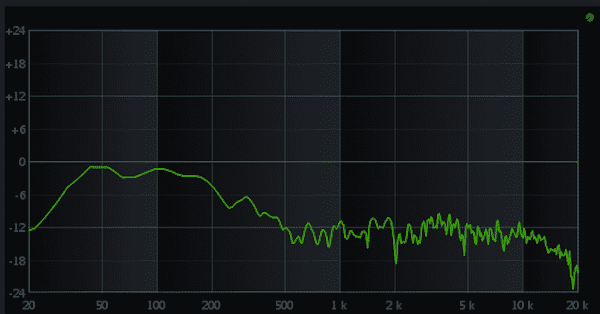
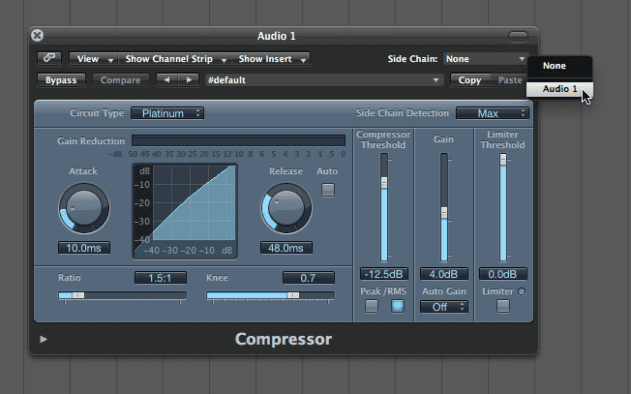
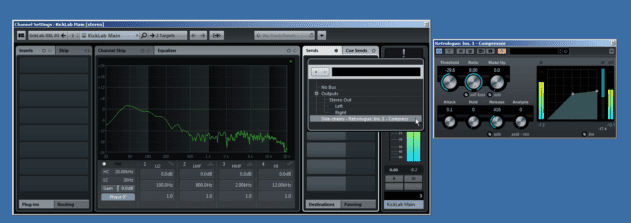
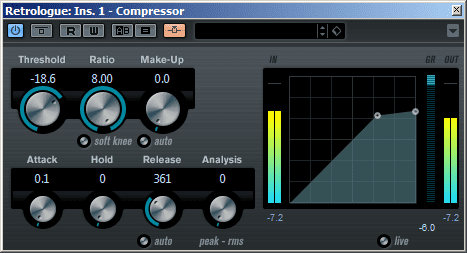
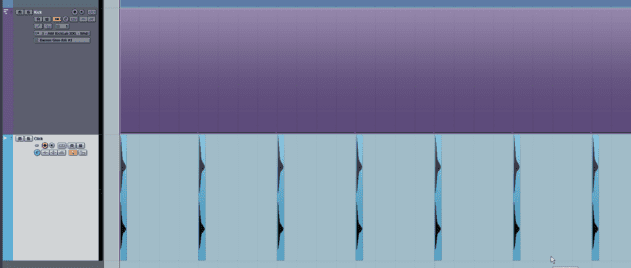
08.15 PM
Nice article guys! I’m lovin Attack Magazine, in my opinion it’s the best website about electronic music 😉 thanks a lot! Cheers from Brazil
08.30 AM
I am really really enjoying the work you are doing with your articles!
Keep up the good work.
05.11 PM
I love these articles! I noticed that this lesson said it would teach us to make better basslines, but even though in the first page it saya that melody is one of the main things that needs to be considered; but there arent any specific tips in this article about choosing bassline notes! 🙂
I love you guys, can ya break that part down some more? Or do you just do the melody by ear?
07.04 PM
^ BIlly, I don’t want to be annoying but this article is one of the most complete I’ve ever seen on the internet. It’s kinda ungrateful to ask EVEN more about it… seriously :/
07.53 PM
@Billy, @Claudio…
No problems at all with the request…
It’s true that, of course, the melody plays a (the?) fundamental part in a successful bassline. This piece wasn’t about programming – but I certainly suggest reading the various Passing Notes pieces (http://www.attackmagazine.com/technique/passing-notes/) which are designed to give a good grounding in music theory, including the disco basslines piece (http://www.attackmagazine.com/technique/passing-notes/passing-notes-disco-house-basslines/) which has a lot of insights – even if you hate disco!
And, as ever, keep watching this space!
Dave@Attack
06.21 AM
Really helpful stuff, muchas gracias amigos!
10.02 PM
holycow. its difficult
on one dark-hand side i hope this page stays my my my own sweet little secret…. anyhow thanks for ur great work!!!
01.23 PM
This is a great article, thanks! However, the bass player plugin shows that there is no substitute for a real practiced human! Or a sample of one: but then of course you have to spend three months slicing and dicing ala Justice to keep the lawyers off your tail!
10.28 AM
hi, I own the tal u no lx but i cant find the mrs digit preset, does it come with it or is named something else?
Thanks!
11.11 AM
Luke – well spotted. We’re pretty sure the Mrs Digit patch is a Mr Fingers-inspired bass sound the writer created for the audio example. U-NO-LX is so simple that you should be able to copy the patch from the screengrab (although we had to increase the filter cutoff slightly to get the same sound).
If you’re looking for an even more accurate version of the classic Larry Heard sound, try the sub-oscillator on its own. Or you could use the pulse oscillator and set the pulse width manually to get a variety of slightly fuller or hollower sounds.
U-NO-LX is excellent for those 80s analogue bass sounds. We’re big fans.
http://www.attackmagazine.com/reviews/gear-software/tal-u-no-lx/
12.58 AM
Attack WE LOVE YOU.
03.37 PM
Thanks so much for this. Learning so much through your tutorials.
04.52 PM
very hot magazine! keep it coming
01.08 AM
this tutorial came in very handy for me, thank you attack people..very well written and it reminded me of some stuff i (probably) already had forgotten to consider again. big ups from vienna
02.28 AM
attack magazine thank you very much. very useful article .
08.28 PM
Awesome article. Thanks
12.47 AM
Another incredible article. Informative and clearly explained.
Attack is rapidly becoming my number one resource for production tips.
03.53 PM
Just got wind of this site. I will definitely be here more than ever. Really enlightening
08.22 PM
Just found this magazine, excellent well written articles. This one was excellent and covered lots of stuff. Ill be trying that notch on my bass eq real soon. Keep it up guys, great stuff
03.41 AM
If you’re using reverb on your bass, put the EQ before the reverb. It won’t matter so much for bass as for other instruments, but it will sound somewhat unnatural to have the reverb filtered.
01.36 PM
How have I missed this article? Great read as ever guys and very informative!
08.02 PM
great article but please for the love of god fix or change the sound player, its freezes after 2 seconds and never starts playing again, i have to refresh couple of times to even hear the whole soundclip
09.55 AM
I am new to this site and I must say the few articles I’ve read are quite good.
keep up the good work
12.55 AM
The best articles I’ve read in my life. Great work guys. Keep it up!
10.54 AM
Awesome tips—could u possibly provide the readers with a PDF version of the articles?
11.00 AM
amazing stuff guys……..really great content!
06.32 PM
Does this work on 808 bass?
12.16 AM
THIS IS SHIT
10.42 PM
Thanks for all of your excellent tutorials
06.04 PM
Nice article. I have just released a free youtube series on how to write bass lines too. Check it out!
https://www.youtube.com/watch?v=NHIHncaNaDw
02.55 PM
Any other software alternatives for the VOG plug-in you mentioned for boosting low-end?
Boz ‘Bark Of Dog’ resonant filter?
Tone2 Bifilter?
Any EQ like the Logic EQ or Pro-Q with a resonant low-shelf?
02.55 PM
oh, and great article btw. Attack Mag is fast becoming my favourite site for these tips and walkthroughs!
05.27 PM
Thanks! Best tutorial